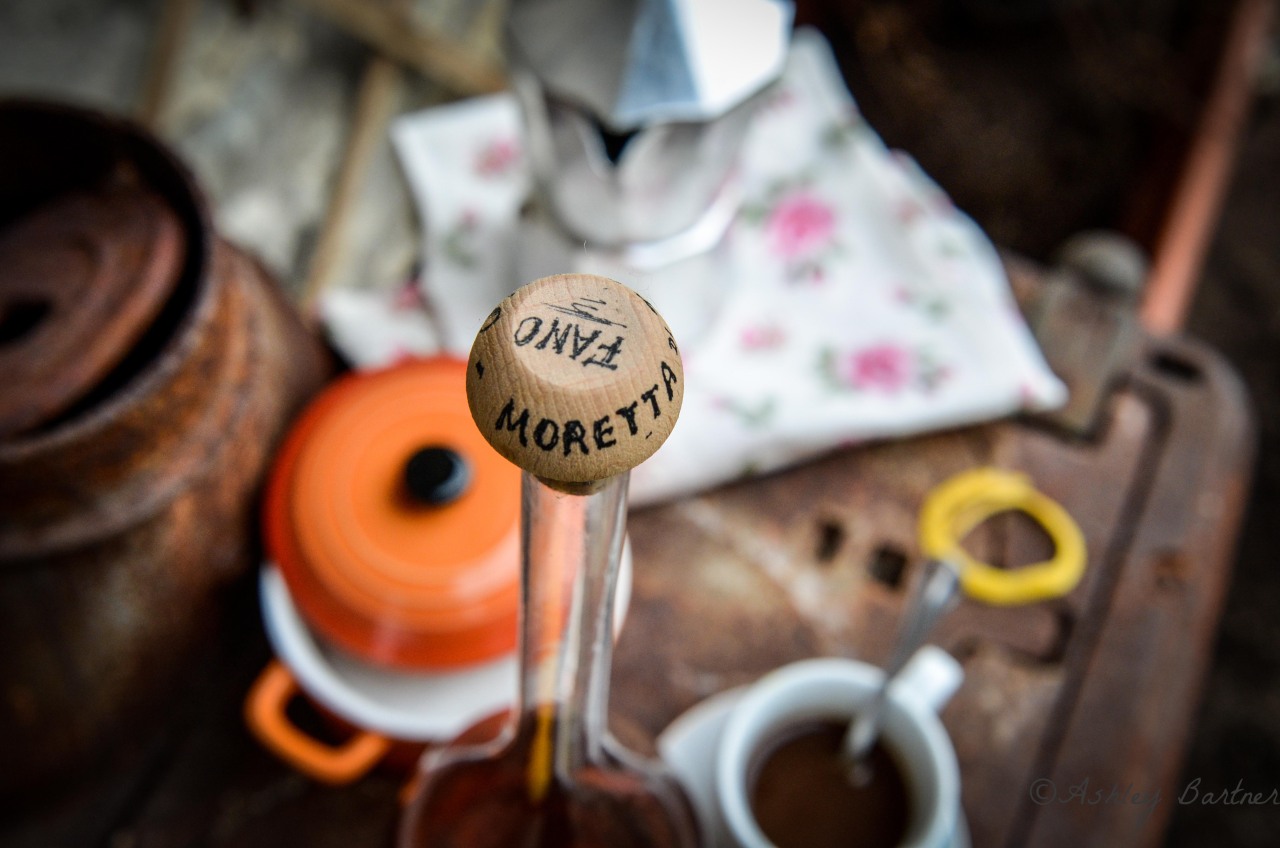"Your house smells like campfire pork fat. I like it!" my dear friend
Theresa recently told Jason and I. Well it's one of the best compliments
you can hear as a Chef! It could be we are always grilling and cooking
in the kitchen fireplace. The spit roaster (girarrosto) is a
quintessential cooking tool in an Italian farmhouse - especially since
in the winter there is a fire always going in the kitchen. Its as simple
as pulling out some hot coals and laying them just in front of the meat
you will spit roast. Here we spit-roast quail, pigeon, all types of
wild small birds, chickens, sausage, thick slices of pancetta and even
eel. The best part of how we spit roast comes at the end... with a
fiery blaze of melting pork fat!!
 |
| Before |
 |
| After |
Spit Roasted Pigeon with Pancetta Recipe
Piccione al girarrosto
serves 44 small pigeons cleaned (you can use any small bird you like, up to a chicken it will just take longer to cook.)
4 thick slices of pancetta
juniper berries
sage
garlic
salt and pepper
olive oil
nice piece of lardo or pork fat wrapped in butcher paper
Start a fire.
Clean and dry the pigeons. Sprinkle salt and pepper inside the cavity along with a few torn up sage leaves, a pinch of rough chopped garlic and 1 or 2 juniper berries. Drizzle a tiny bit of olive oil over the birds, sprinkle with salt & pepper and rub it all in.
Now prepare the spit.
Using a single skewer spit roaster:
Pierce the pigeon through the rib cage, underneath the breast. Do a bird, piece of pancetta, bird, pancetta, etc. If you like you can also put a piece of bread in between that will soak up all the delicious fat.
If you have a double spit roaster (with two levels) you can have some real fun! Put sausages on the top level and the birds underneath so as the sausages cook the fat drips below, basting the birds.
To cook:
Make a line of coals from the fire about 6 - 8 inches (about 20 cm) away from the birds, in front of the spit roaster. Plug it & let it go!
It takes about an hour so don’t rush it. If the birds start to color right away there is too much heat, pull it back. After about 50 minutes to 1:10 depending on the size of your birds they should be done. You can check this by gently pulling on one of the legs - if it falls away, you’re good.
Now for the fun part!
Crisping up the skin: With you pork fat wrapped in butcher paper like a nice package, spear a long bbq fork through the center and light it in the fire. As the paper burns away, the fat will begin to melt and drip down (staying slightly ignited). Drizzle the melting fat over the birds at the very end to crisp up the skins. (Turn out the light and it looks pretty cool!)
Take the birds off the fire and allow to rest for a few minutes - then enjoy!
Serve with roasted potatoes with rosemary.

















